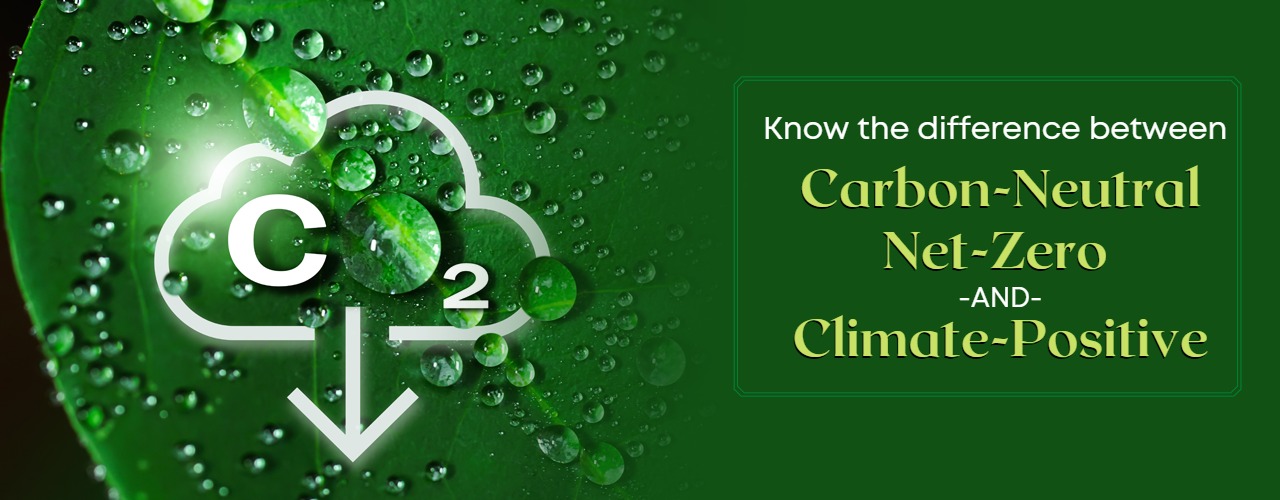The tropics, a region encircling the Earth's equator, have long been perceived as lush rainforests with exotic animals and unchanging weather. However, they are also often associated with poverty, unstable governments, and environmental destruction. A new report, "The State of the Tropics," provides a deeper and more nuanced understanding of this diverse region.
Changing Perceptions
Historically, the tropics were misunderstood, with Aristotle even claiming that no civilization could thrive there. The report calls for a shift in perspective, urging recognition of the tropics from within and embracing local wisdom and experience. Compiled by 12 institutions, this comprehensive 400-page report delves into demographics, health, science, economics, biodiversity, and climate change..
Population Growth
Currently, the tropics are home to 40% of the world's population and 55% of children under five. Population growth is particularly rapid in Africa. By 2050, over half of the global population and 67% of young children will reside in the tropics. The region is expected to add 3 billion people by the end of the century, necessitating a rethinking of global priorities in aid, development, research, and education.
Economic and Social Challenges
A booming population drives increased demand for food, water, and resources. Tropical economies are growing 20% faster than those in temperate regions but still house two-thirds of the world's extreme poverty. While extreme poverty has decreased in Southeast Asia and Central America, it has doubled in Central and Southern Africa since the 1980s. Despite these challenges, there have been improvements, including a decline in undernourishment, rising life expectancy, and reduced maternal and child mortality.
Health Issues
The tropics face unique health challenges, with diseases like dengue fever and malaria remaining significant threats. These diseases are rarely found in temperate regions but are major health concerns in tropical countries.
Land and Environmental Struggles
Growing populations and consumption have led to land-use clashes. Indigenous groups struggle to maintain control over their lands as corporations seek resources for agriculture, livestock, and commodities. Conservationists are working to preserve vital ecosystems, as the tropics host 80% of Earth's terrestrial biodiversity and 95% of mangrove and coral reef biodiversity. Unfortunately, forest loss continues, especially in Oceania.
Oceanic Pressures
Marine resources in the tropics, including coral reefs and mangroves, face unprecedented pressures. Overfishing and destructive practices have depleted species. Mangroves, crucial for coastal protection and carbon storage, are being rapidly destroyed for aquaculture and development. Climate change and ocean acidification further threaten these ecosystems.
Future Challenges
Climate change poses significant challenges for the tropics, including extreme weather, rising seas, and changing precipitation patterns. These changes could impact agriculture and increase the number of refugees and regional conflicts. The tropics are expanding into temperate zones, which will have implications for water resource management and agricultural systems.
Conclusion
The future of the tropics is one of rising influence and wealth, alongside ongoing struggles with poverty, hunger, health standards, biodiversity, climate change, and resource conservation. The report emphasizes the importance of sustainable development and conservation to safeguard resources for future generations. The tropics hold great potential and influence, making it crucial to address these challenges thoughtfully and effectively.








































